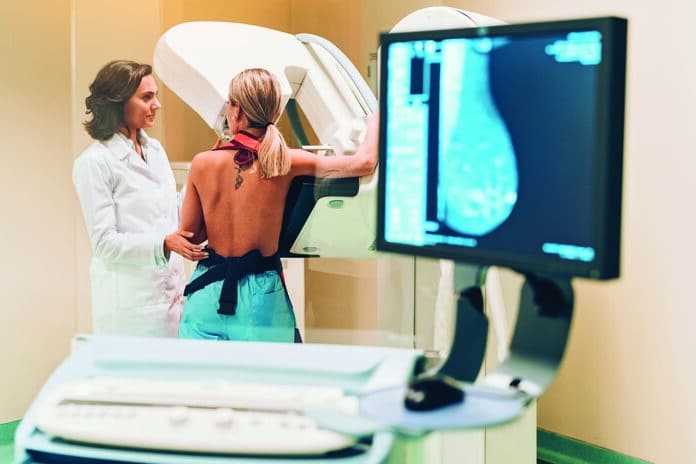Breast cancer is a cause for concern for millions of women. Each year about 264,000 cases of breast cancer are diagnosed in women in the United States, according to the Centers for Disease Control and Prevention. The Canadian Cancer Society indicates around 28,600 Canadian women will be diagnosed with breast cancer this year. Globally, data from the World Health Organization indicates roughly 2.3 million women were diagnosed with breast cancer in 2020.
One of the more notable symptoms of breast cancer is the presence of a lump in the breast. Though not all lumps are malignant, it is important that women learn about breast anatomy and lumps as part of their preventive health care routines.
Mount Sinai says that breast lumps can occur at any age in both men and women. Hormonal changes can cause breast enlargement and lumps during puberty, and boys and girls may even be born with lumps from the estrogen received from their mothers.
It is important to note that the vast majority of breast lumps are benign. The National Institutes of Health says 60 to 80 percent of all breast lumps are non-cancerous. The most common causes of breast lumps are fibroadenomas and fibrocystic changes. Fibroadenomas are small, smooth, moveable, painless round lumps that usually affect women who are at an age to have children, indicates the Merck Manual. They are non-cancerous and feel rubbery.
Fibrocystic changes are painful, lumpy breasts. This benign condition does not increase a woman’s risk for breast cancer. Symptoms often are worse right before one’s menstrual period, and then improve after the period begins.
Additional factors can contribute to the formation of lumps. Breast cysts are fluid-filled sacs that likely go away on their own or may be aspirated to relieve pain. Complex cysts may need to be removed surgically. Sometimes cysts also may form in milk ducts throughout the breasts.
Lumps also may be the result of injury. Blood can collect under the skin and form a type of lump called a hematoma. Other lumps may be traced to lipomas, which are a collection of fatty tissue or breast abscesses, which typically occur if a person is breastfeeding or has recently given birth.
Additional causes of lumps can be discussed with a doctor. Though the majority of lumps are not a cause for concern, it is important for people to regularly feel their breasts to check for abnormalities. Doctors may recommend annual mammograms to women age 40 and older. In its earliest stages, breast cancer may produce little to no visible symptoms, but a mammogram may be able to catch something early on.

